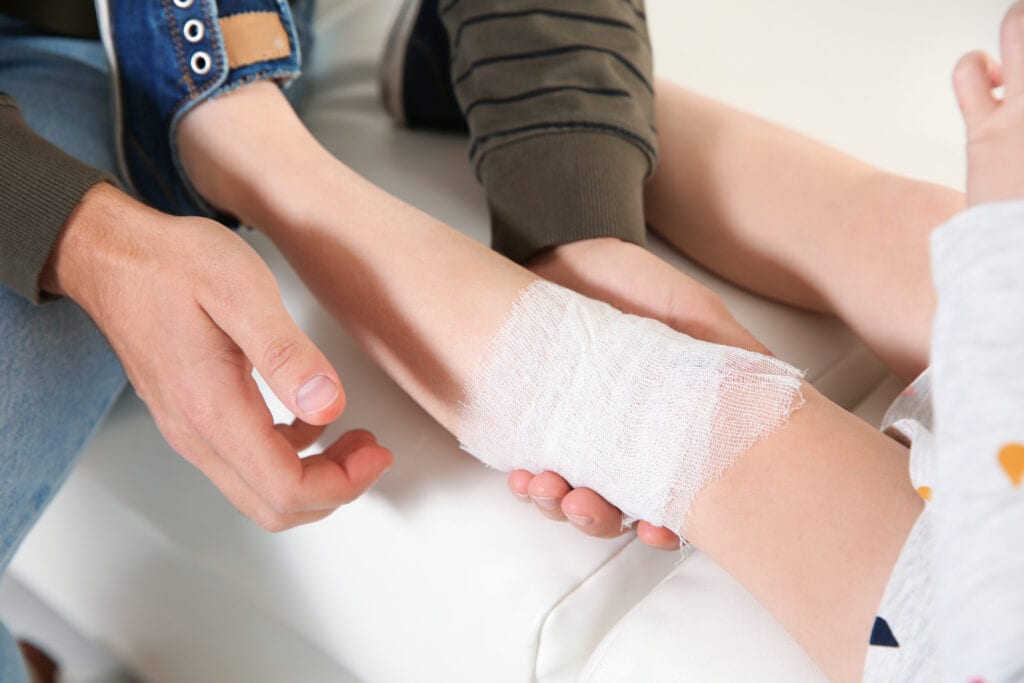What You Need To Know About Pressure Injuries

People of many ages can develop pressure injuries. Those with special and/or complex healthcare needs, such as individuals with Cerebral Palsy or Multiple Sclerosis, are particularly susceptible to them.
“The skin is the largest organ of the body, and like other organs the skin can fail,” said Cheryl Hutton, a wound, ostomy and continence nurse (WOC Nurse) with CHC Solutions, Inc. “When the skin fails, this is referred to as a pressure injury, which previously were called bedsores, decubitus ulcers or pressure ulcers.”
These types of injuries are defined in stages. Pressure injuries are staged using the National Pressure Injury Advisory Panel staging guidelines. Your healthcare professional will stage pressure injuries according to the tissue damaged due to pressure.
“Even babies and children can have pressure injuries – and the most common area for a pressure injury in a baby is the back of their head,” Cheryl said.
Wounds, treated or untreated, can become chronic. Chronic pressure ulcers are wounds that have not progressed to healing after 30 days.
There also are injuries, which are not staged, referred to as deep tissue injuries. These injuries are purple or maroon in color and feature intact skin or blood-filled blisters due to damage of underlying tissue damage. The area may have tissue that is painful, firm and mushy or boggy, and the surface might be warmer or cooler than nearby tissue.
“The best treatment for a pressure injury is to prevent one from occurring,” Cheryl said.
How do people susceptible to these types of injuries do that?
They need to:
- Inspect their skin daily;
- Avoid extremes of heat or cold to their skin;
- Eat a healthy, well-balanced diet;
- Observe recommendations from your healthcare professional on:
- fluid intake;
- the need for advanced wound care products; and
- pressure redistribution.
It’s also important to be vigilant.
“At the first sign of a pressure injury, you should immediately contact your healthcare professional,” Cheryl said.
*Disclaimer: Any health and wellness content presented is for general informational purposes only. Such content is not intended to replace or serve as a substitute for professional medical advice, diagnosis or treatment.
